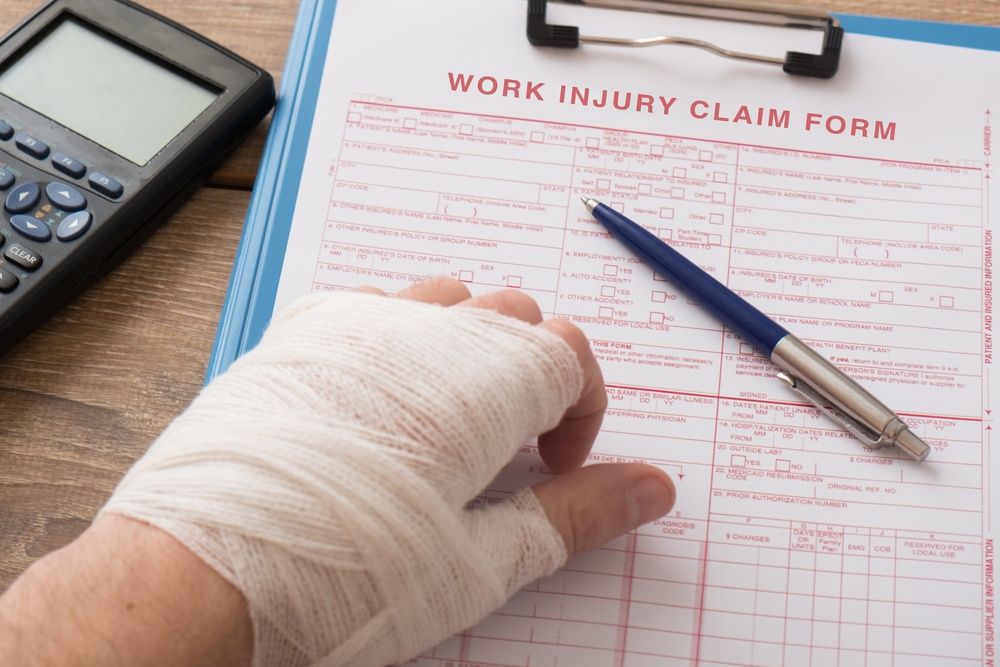3 Proactive Steps to Preserve Laboratory Worker Safety
Laboratory environments are generally staffed with highly knowledgeable and competent staff. But even the best of the best have accidents from time...
2 min read
 Craig Badrick
:
Apr 14, 2016 6:00:00 AM
Craig Badrick
:
Apr 14, 2016 6:00:00 AM
OSHA has less to say about protecting lone workers than you might expect. However, the agency has a longstanding, well-established set of policies that dictate that employers should take reasonable precautions for safeguarding all workers. Most employers do so out of human decency, anyway, not because there is a law or rule somewhere stating that they have to. What are the best strategies for making sure that lone workers are protected on the job?
Hiring the right people doesn’t assure that everyone will stay safe all the time, but good workers typically get injured less and file fewer workers’ comp claims.
Safety starts way before work conditions become hazardous. Good workers take care of themselves, their equipment, and other workers. Beef up your hiring practices to include things like background checks, drug screening, and more rigorous attention to references. Smart hires are less likely to become injured and more likely to help protect other workers against injuries.
Well-trained workers are also less likely to become injured. Make sure workers have the certifications that their job descriptions call for, and that their training and certifications are kept up to date. Be sure they know how to work any equipment they use for their jobs, especially new machines or equipment that are added after the worker has finished training.
Don’t just train for things that go right — plan for and train for things that go wrong. Do workers know what emergency procedures you have in place? Can they use emergency equipment like duress alarms, fire extinguishers, or first aid supplies? Make sure that your plans for all identified emergencies are well documented and thoroughly understood by the workers.
There are a lot of things employers can do to make work environments safer. For example, removing floor mats that pose tripping hazards, making sure that ladders are fitted with stabilizers and anti-slip rungs, assuring that there are first aid kits around to treat chemical burns or other hazards specific to the workplace. Conduct regular risk assessments to determine the hazards that the work environment poses, and take all reasonable precautions to address those hazards.
How long should workers be left working alone without being checked on? Make sure there is a policy to govern how often supervisors need to check on their workers. OSHA will look for policies like these if they have to review an accident.
Lone workers are usually considered to be those in manufacturing plants, maintenance facilities, labs, and other places where other workers aren’t around. But lone workers also include those who may be close to other workers, but cannot be seen and/or heard due to obstructions in the environment (like machinery or walls) and loud equipment. Establish protocol for supervisors or the home office to periodically check on lone workers, whether they be behind a wall on the manufacturing floor, or working in a boiler room while other workers are back at the main office.
Many jobs simply aren’t safe for one person to do alone. Make it clear when work requires a helper or spotter to do safely. Set penalties for not obeying these rules, because workers who are under time pressure might be tempted to do it alone “just this once”. That can create dangerous situations.
Of course, the safest environment in the world still has its risks. That’s why smart businesses invest in all the right safety equipment, which includes a duress alarm system. Duress alarms come with the features you need to keep lone workers safe, including Man Down and No-Response alarms, so that you can be notified even when the worker is unable to signal for help.

Laboratory environments are generally staffed with highly knowledgeable and competent staff. But even the best of the best have accidents from time...

Lone workers are at a greater risk than those who are continually around others. These workers can become ill, injured, or worse, and might be...

Professionals in a wide variety of fields often find themselves alone in hazardous work conditions. Are you doing all that you can to keep your lone...